Halloween is an exciting holiday for kids of all ages. But for children with autism spectrum disorders (ASD), the sights and sounds that accompany Halloween can be a lot to handle. The good news is that a little bit of planning can help keep the holiday stress-free. Whether this is your child’s first Halloween or not, here are some tips to help you enjoy the holiday.
Why Halloween might be scary or challenging for children with autism
Halloween can be scary for kids with autism for many reasons. It’s often unique to each child. Some common challenges include:
- Costumes and decorations: Costumes and decorations can feel overwhelming and unexpected for children with autism. For example, store-bought costumes may have itchy material that makes it difficult for children who have sensory sensitivities.
- Crowds: Loud noise or lots of activity can also be overloading for those who have sensory sensitivities.
- Having to interact with strangers:Children may feel less comfortable interacting with people who they are less familiar with. Therefore, ringing a doorbell and saying, “trick or treat” feels like a big deal. Moreover, language impairments may interfere with a child’s ability to say, “trick or treat.”
How to help children with autism through the scary parts of Halloween celebrations
The key to a successful Halloween is planning ahead:
- Create a social story that walks through all the steps of Halloween with drawings/visuals and a few words. This will help make the scary and unexpected parts of Halloween feel more expected. Parents and their children can create the story together and then read through it a couple of times before Halloween night.
- Use role-playing to help prepare your child for trick-or-treating. For example, practice knocking on doors and saying, “trick or treat.” For children and adolescents who cannot verbally say “trick or treat,” you can come up with an alternative way of communicating, such as having a piece of paper that says “trick or treat” on it.
- Have your child practice trying on their costume several times before Halloween night so that they can get used to it and make sure that it’s comfortable.
- Bring headphones, earplugs and/or comfort items (e.g., stuffed animal/fidget) to help manage sensory overload during celebrations and trick-or-treating.
- Work with your child to come up with a clear plan for how they can communicate when they need a break or if they are finished for the evening. Rehearse this plan. It might also be important to stay close to home so that children can take a break as needed.
- Go trick-or-treating with friends and family who might be a source of calm and support.
And don’t worry — if your child isn’t interested in trick or treating, that’s okay too. Instead, come up with an alternative plan, like a family costume party, making “spooky” desserts, finding local autism-friendly events or having your child help hand out candy.
Just remember to keep things simple. A 10- or 15-minute successful Halloween experience will be better than an hour-long experience that ends with a meltdown.
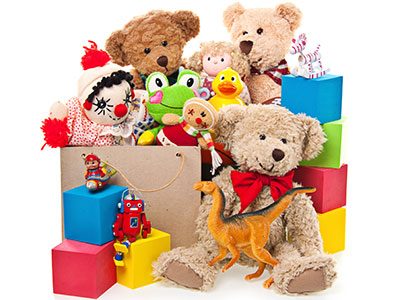 https://riseandshine.childrensnational.org/wp-content/uploads/2017/12/Box-Full-of-Toys-and-Stuffed-Animals-feature.jpg
300
400
Rise and Shine
https://riseandshine.childrensnational.org/wp-content/uploads/2017/11/childrens_riseandshine_logo.jpg
Rise and Shine2025-11-14 07:00:562025-11-14 13:06:16A guide to safe versus unsafe gifts for kids
https://riseandshine.childrensnational.org/wp-content/uploads/2017/12/Box-Full-of-Toys-and-Stuffed-Animals-feature.jpg
300
400
Rise and Shine
https://riseandshine.childrensnational.org/wp-content/uploads/2017/11/childrens_riseandshine_logo.jpg
Rise and Shine2025-11-14 07:00:562025-11-14 13:06:16A guide to safe versus unsafe gifts for kids


 Meagan Wills, PhD, was a clinical psychologist at the Center for Autism Spectrum Disorders (CASD) at Children's National. She specializes in the diagnostic assessment and treatment of children and adolescents with an autism spectrum disorder (ASD).
Meagan Wills, PhD, was a clinical psychologist at the Center for Autism Spectrum Disorders (CASD) at Children's National. She specializes in the diagnostic assessment and treatment of children and adolescents with an autism spectrum disorder (ASD).

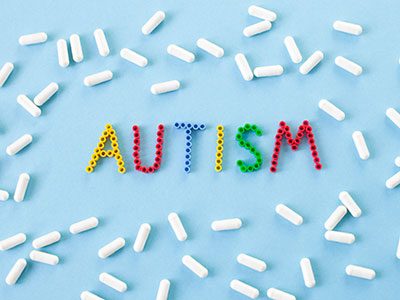




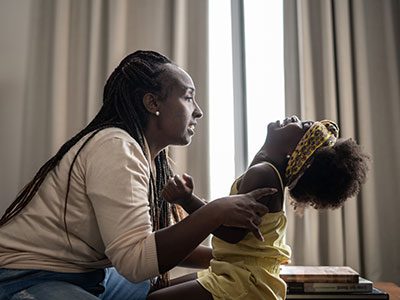






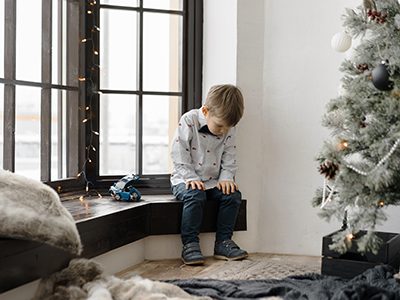

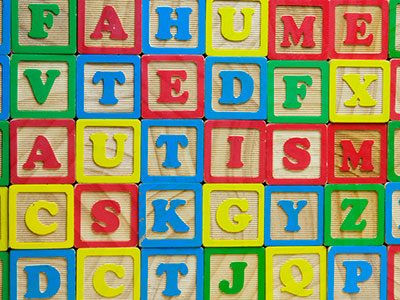

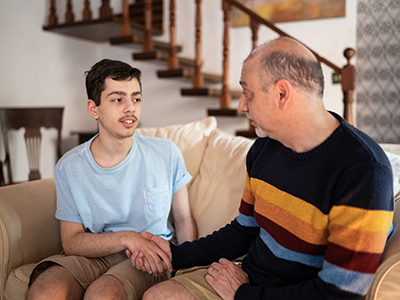
Leave a Comment
Want to join the discussion?Feel free to contribute!